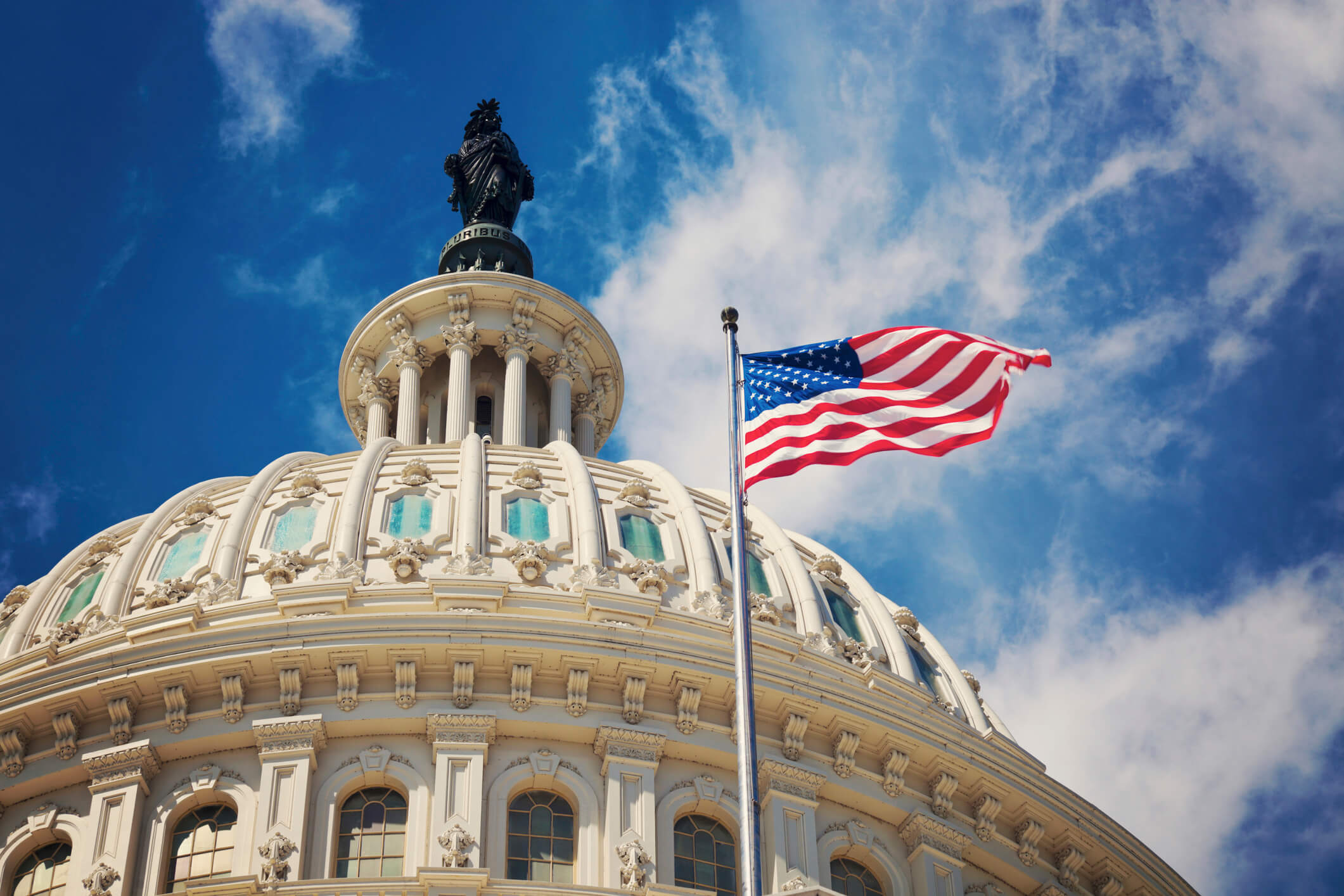Quick Hits
- The Ninth Circuit ruled that EEO-1 Type 2 workforce demographic data is not protected “commercial” information under FOIA Exemption 4 and must be disclosed.
- For contractors that objected, contending the reports contained confidential commercial information, the reports are now likely subject to disclosure; the court did not address other objections based on contractor status or jurisdiction.
- The decision applies only to historical reports submitted to the DOL from 2016 to 2020 in response to FOIA requests by the Center for Investigative Reporting, but the DOL has withheld other reports on this basis.
- The DOL may still seek additional review, but it may also choose to comply with the Ninth Circuit’s decision without further appeal.
The decision in Center for Investigative Reporting v. U.S. Department of Labor, No. 24-880 (9th Cir. July 30, 2025), addresses the scope of FOIA’s protections for confidential “commercial” information and clarifies that the EEO-1 report’s workforce data may not be shielded from public release under that exemption.
Background
The Center for Investigative Reporting (CIR), a nonprofit news organization, filed FOIA requests seeking consolidated EEO-1 reports submitted by federal contractors with multiple establishments between 2016 and 2020. These Type 2 reports detail the number of employees in government-mandated job categories, broken down by race, ethnicity, and sex. The DOL disclosed reports from non-objecting contractors but withheld more than 16,000 reports from more than 4,000 contractors that objected to release, citing FOIA Exemption 4.
FOIA Exemption 4 allows federal agencies to withhold “trade secrets and commercial or financial information obtained from a person and privileged or confidential.” The DOL argued that demographic workforce data submitted by contractors constituted confidential “commercial” information. After CIR filed suit in the U.S. District Court for the Northern District of California, the court ordered bellwether summary judgment briefing involving six representative objecting contractors. The district court ruled in favor of disclosure, and the DOL subsequently appealed.
The Ninth Circuit’s Analysis
The Ninth Circuit affirmed the district court’s order compelling disclosure, concluding that the EEO-1 reports were not “commercial” within the meaning of Exemption 4. The court reviewed the statutory text and precedent, applying a two-pronged framework: information is “commercial” if it either (1) “is the object of commerce”—meaning it is “made to be bought and sold,” or (2) “has the subject of commerce”—meaning it directly describes “the exchange of goods or services or the making of a profit.” The court noted that indirect connections to business operations are insufficient to qualify for Exemption 4.
Importantly, the court emphasized that the “commercial” nature of information must be inherent in the content itself. Whether the submitter is a for-profit entity or fears competitive harm is not determinative; the information itself must serve a commercial purpose or be commercial in nature to qualify for the exemption. The court further reiterated that FOIA exemptions are to be construed narrowly, in favor of disclosure.
EEO-1 Reports Do Not Qualify for FOIA Exemption
Applying this standard, the court found that the demographic and job category data in the EEO-1 reports did not meet the threshold, based on the following:
- The reports were not created for commercial sale, and the information contained in them was not an “object of commerce.”
- The data did not reveal information about services performed, pricing, contractual terms, profit margins, or other operational information typically considered “commercial.”
- Assertions that workforce composition information allows competitors to make inferences about a contractor’s production capacity and profit margins, thereby impacting competitiveness, were deemed too attenuated to trigger protection.
- The court also rejected the argument that workforce diversity data is commercial merely because a diverse workforce might improve innovation or public image. Without a direct connection to the exchange of goods or services, the exemption does not apply.
The DOL may consider additional judicial review options, but absent further court action, the reports will likely be disclosed in the near future.
What Comes Next?
This ruling has limited but important implications for federal contractors. The decision relates to historical Type 2 EEO-1 reports submitted to the DOL’s Office of Federal Contract Compliance Programs (OFCCP) between 2016 and 2020. If the DOL complies with the ruling rather than pursuing further judicial review, that may impact its position regarding outstanding EEO-1 FOIA requests for additional years or employers. Contractors that objected to disclosure on commercial confidentiality grounds may now see their data released. The court did not address other categories of objections, such as those contesting federal contractor status.
As of the 2024 EEO-1 cycle, OFCCP no longer receives copies of EEO-1 reports due to the revocation of EO 11246. All EEO-1 reporting is now handled solely by the U.S. Equal Employment Opportunity Commission (EEOC). The 2024 EEO-1s and subsequent EEO-1s will not involve OFCCP, so those reports will not be subject to FOIA because Title VII of the Civil Rights Act of 1964 prohibits such EEOC disclosure.
Conclusion
The Ninth Circuit’s decision clarifies that FOIA Exemption 4 does not shield EEO-1 demographic data from public disclosure because the data lacks a direct nexus to commercial activity. While this decision may raise concerns for contractors that sought to protect this workforce data from public release, its impact is limited to certain historical submissions to OFCCP and does not reach current or future EEO-1 filings.
Ogletree Deakins’ Government Contracting and Reporting Practice Group and Workforce Analytics and Compliance Practice Group will continue to monitor developments and will post updates on the Government Contracting and Reporting and Workforce Analytics and Compliance blogs as additional information becomes available.
Follow and Subscribe
LinkedIn | Instagram | Webinars | Podcasts







